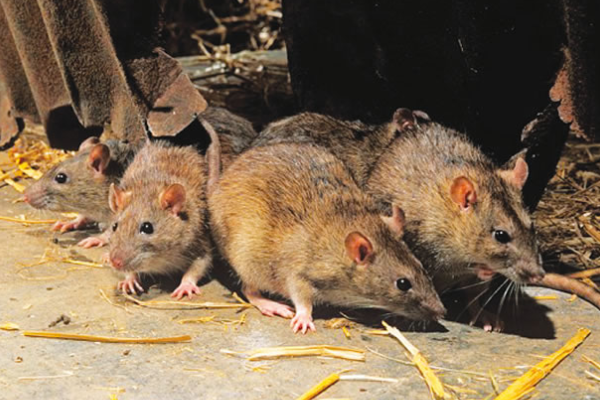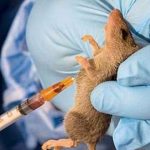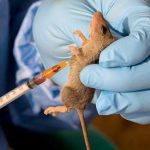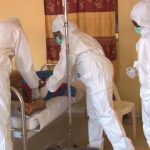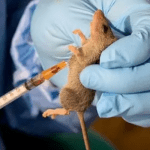The Nigeria Centre for Disease Control (NCDC) stated that at least 189 individuals died from Lassa fever during the final week of the year 2022, out of the 1,067 confirmed cases in 112 Local Government Areas throughout 27 states of the Federation. Despite the fact that 63 healthcare workers died from the disease, the Situation Report on Lassa Fever for Epi Week 52 (26 December 2022-1 January 2023) indicates that there were 8,202 probable cases. According to the report, the case fatality rate (CFR) for the reported deaths was 17.7%, which was lower than the CFR for the same period in 2021. (20.0 percent).
Nigeria had more suspected Lassa fever cases at the end of 2022 than it did over the same time period in 2021, according to the NCDC. Across 112 LGAs, 27 states have reported at least one confirmed case of Lassa fever for the entire year 2022. Ondo, Edo, and Bauchi have reported 72 percent of all confirmed cases, while 24 other states have reported 23 percent. The organization noted that of the 72% of confirmed cases, Ondo State reported 33%, Edo reported 25%, and Bauchi reported 14%.
It said that the predominant age group affected is 21-30 years, while the male-to-female ratio for confirmed cases is 1:0.8. The Agency disclosed that in the last week of 2022, the number of new confirmed cases decreased from 17 in week 51, 2022, to 12 cases. These were reported from Edo, Ebonyi and Benue States. According to the agency, no new healthcare worker was affected in the reporting week 52. The Agency said that the National Lassa fever multi-partner, multi-sectoral Technical Working Group (TWG ) has continued to coordinate the response activities at all levels.
Lassa fever is an animal-borne, acute viral illness spread by the common African rat (Mastomys). It is endemic in parts of West Africa including Sierra Leone, Liberia, Guinea and Nigeria. About 100,000 to 300,000 infections of Lassa fever occur annually, with about 5,000 deaths. Ribavirin, an antiviral drug, has been used with success in Lassa fever patients. It has been shown to be most effective when given early in the course of the illness.
According to NCDC, a suspected case is any individual presenting with one or more of malaise, fever, headache, sore throat, cough, nausea, vomiting, diarrhoea, myalgia, chest pain, hearing loss and either a historyofcontact with excreta or urine of rodents , or contact with a probable or confirmed Lassa fever case within a period of 21 days of onset of symptoms or any person with inexplicable bleeding/hemorrhagia. NCDC has stated that a confirmed case is any suspected case with laboratory confirmation, while a probable case is any suspected case who died or absconded without collection of specimen for laboratory testing. The primary transmission of the Lassa virus from its host to humans can be prevented by avoiding contact with the vector.

